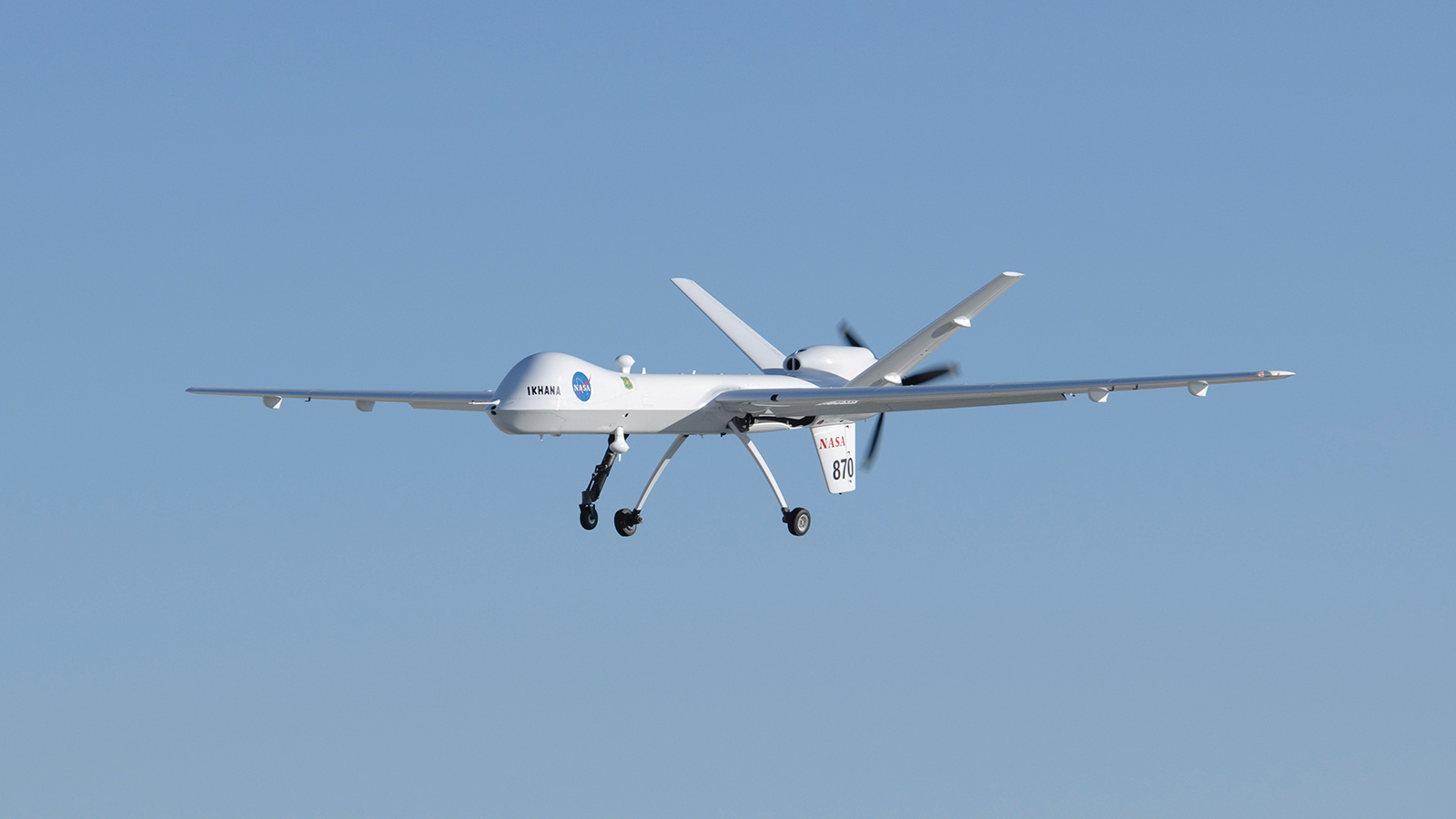Stay Up to Date
Submit your email address to receive the latest industry and Aerospace America news.
The Aerospace Traffic Management Integration Committee monitors, evaluates, and seeks to influence the direction of ATM technologies with a focus on efficiency, public safety and national security.
The five-year FAA Reauthorization Act of 2018 became law in October after six budget extensions had kept FAA’s funding at 2012’s level. The law was signed at a time that aerospace traffic management, or ATM, in the U.S. became increasingly challenging.
In January, the number of UAS, short for unmanned aerial systems, registered by the FAA reached 1 million, and the mission of drone operators and stakeholder vehicles continued to expand as high-altitude balloons, spacecraft and urban mobility aircraft became more common. These vehicles not only represent increased air traffic, but their operating characteristics present other problems to current ATM air-to-air separation, surveillance and management methodologies.
To address the pace of drone growth, NASA has accelerated the Unmanned Aircraft System Traffic Management program for drones in Class D airspace to define ways and means by which multiple flights can safely fly at altitudes below 400 feet beyond the line of sight of the operator. Working in concert with the FAA, industry and academia at designated test sites, NASA completed Technology Capability Level 3 demonstrations in May, which focused on maintaining safe distances between responsive and nonresponsive drones over moderately populated areas. In June, another milestone on the road to full drone integration into controlled airspace was achieved when NASA, in close collaboration with FAA, flew a large unmanned aircraft — the remotely piloted Ikhana Predator B — through national airspace without a chase plane.
In April, the FAA began the beta test and implementation of the Low Altitude Authorization and Notification Capability, which aims to facilitate the sharing of airspace data between government and private industry so that approved drone operators can get near real-time access into controlled airspace near airports. The actual authorization into controlled airspace via automation without any human intervention or oversight is groundbreaking. FAA also initiated the UAS Integration Pilot Program in May with 10 local, state and tribal organizations that in partnership with the private sector will explore further integration of drone operations. In Europe in March, the Single European Sky Air Traffic Management Research Joint Undertaking set out the road map for drone integration in Europe as a major contribution to coping with the burgeoning UAS activity there.
The Next Generation Air Transportation System Program, although criticized in some quarters for lack of progress, continued to move forward. The En Route Automation Modernization, Traffic Flow Management and Time Based Flow Management systems are in place while the Standard Terminal Automation Replacement System implementation, which was ongoing throughout 2018, is scheduled to be completed by 2019. The Automatic Dependent Surveillance-Broadcast, or ADS-B, and System Wide Information Management systems are available nationwide, and the Data Communications system will be in 62 airports by next year; 9,000 Performance Based Navigation system rotes are available, including at four metroplex locations.
Another dynamic increasingly affecting the U.S. aerospace traffic management system is the expansion of FAA-licensed commercial space launch and re-entry activities, which reached a high of 24 by September, exceeding the 22 of 2017.
In August, Aireon and the Irish Aviation Authority opened registration for air navigation service providers, aircraft operators, regulators, and search and rescue organizations for their free, global Aircraft Locating and Emergency Response Tracking service. Beginning next year, ALERT service will provide the last known position of an ADS-B-equipped aircraft that is in an apparent distress state or experiencing a loss in communication anywhere. When fully operational in 2019, this information would preclude situations such as the uncertainty over the loss of Malaysia Airlines Flight 370.
Contributor: Charles Keegan
Photo: NASA researchers remotely piloted this Ikhana aircraft through U.S. airspace without a chase plane, which is usually required to monitor surrounding airspace and provide warnings. Credit: NASA
Stay Up to Date
Submit your email address to receive the latest industry and Aerospace America news.




